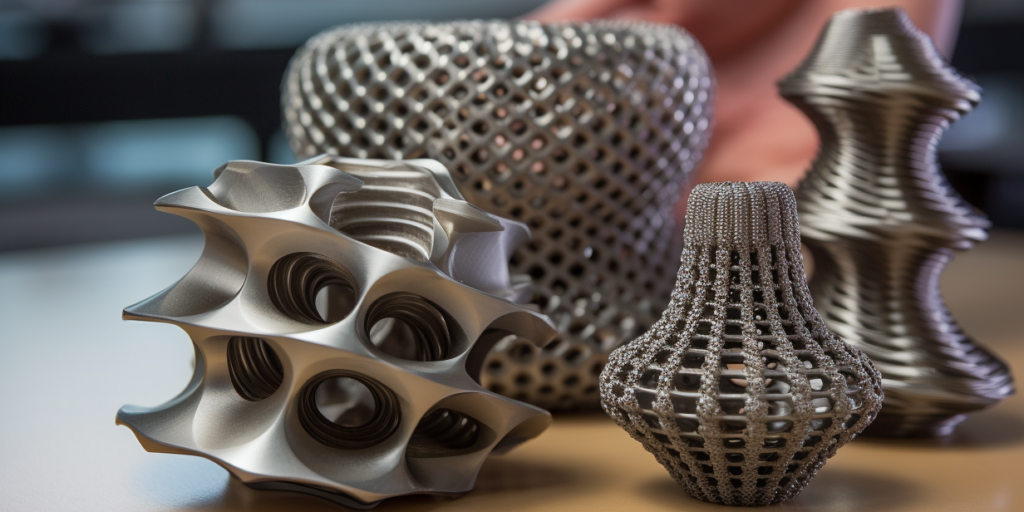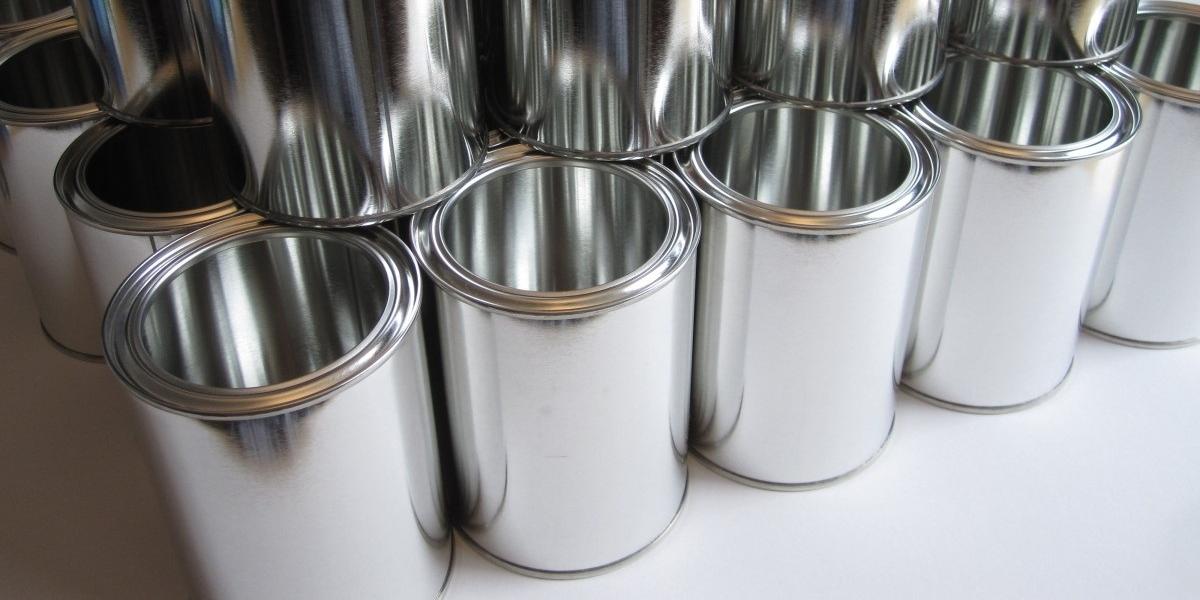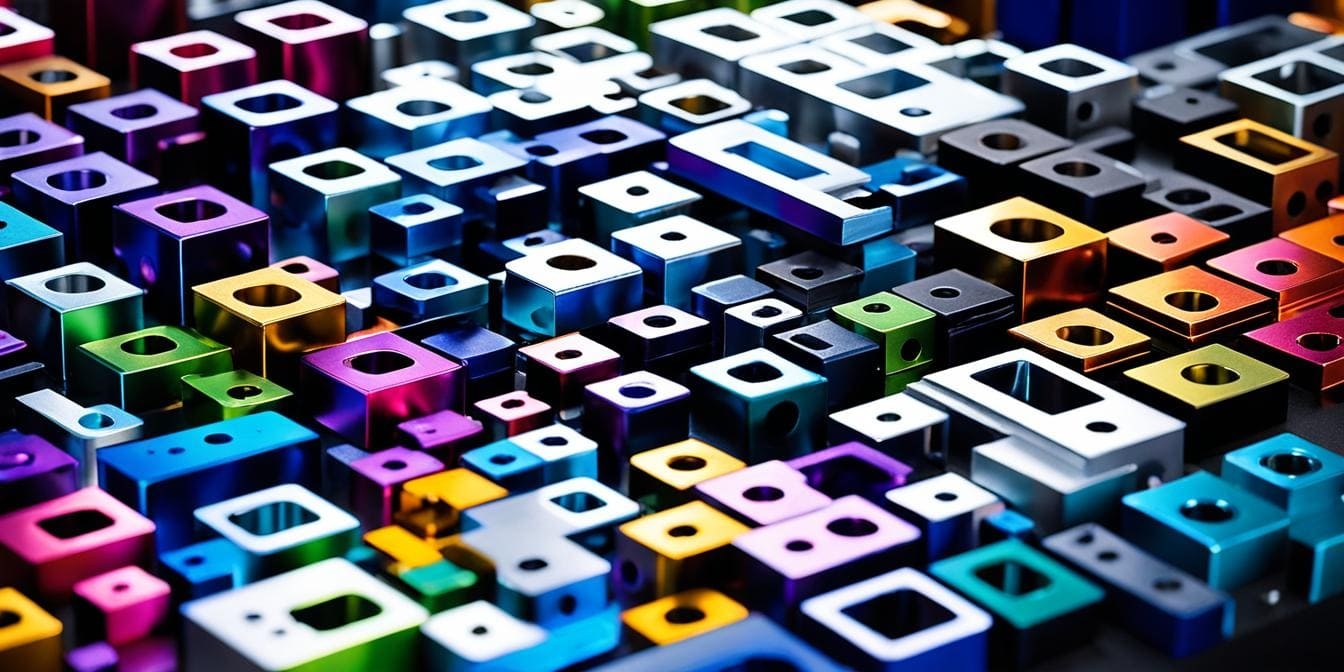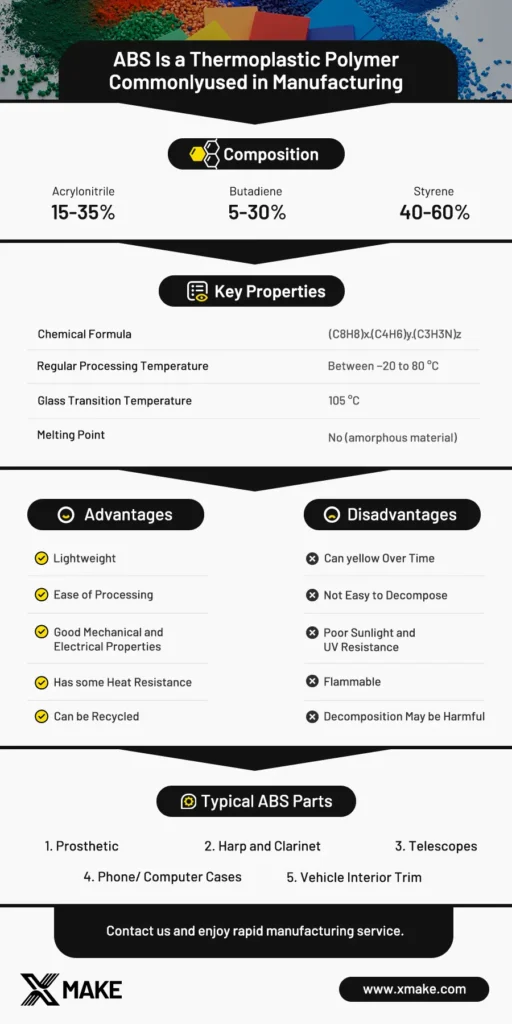 As is known to all, ABS is considered a general-purpose engineering material for many industrial fields and manufacturing needs.
As is known to all, ABS is considered a general-purpose engineering material for many industrial fields and manufacturing needs.
But why ABS plastic is commonly used in many industries? What makes ABS that famous? ABS is used for what applications?
Follow this article, and let’s find answers to these questions.
What is ABS material?
In this part, I’ll explain what is ABS, the relationship between ABS plastic and material, and its composition and properties to let you understand where ABS comes from.
A brief overview of ABS material
ABS material is a type of thermoplastic polymer that stands for and is composed of Acrylonitrile Butadiene Styrene.
This material is known for its toughness, impact, heat resistance, and durability.
It is widely used in 3D printing and has many plastic injection molding applications, as well as in various consumer products such as toys, electronics, and auto parts.
The relationship between ABS material and ABS plastic
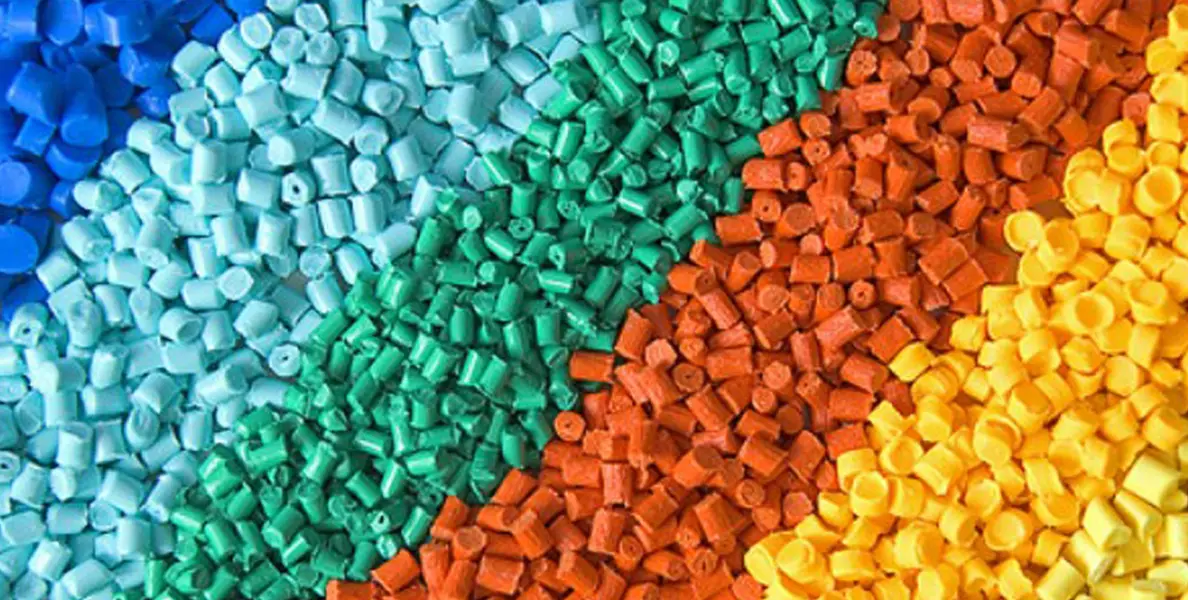
ABS plastic is a common use that specifically refers to the finished product that is made from ABS material, where the polymer is molded into various shapes and forms for a wide range of applications.
This is a popular plastic in household appliances, auto parts, toys, and electronic devices.
Composition and properties of ABS plastic
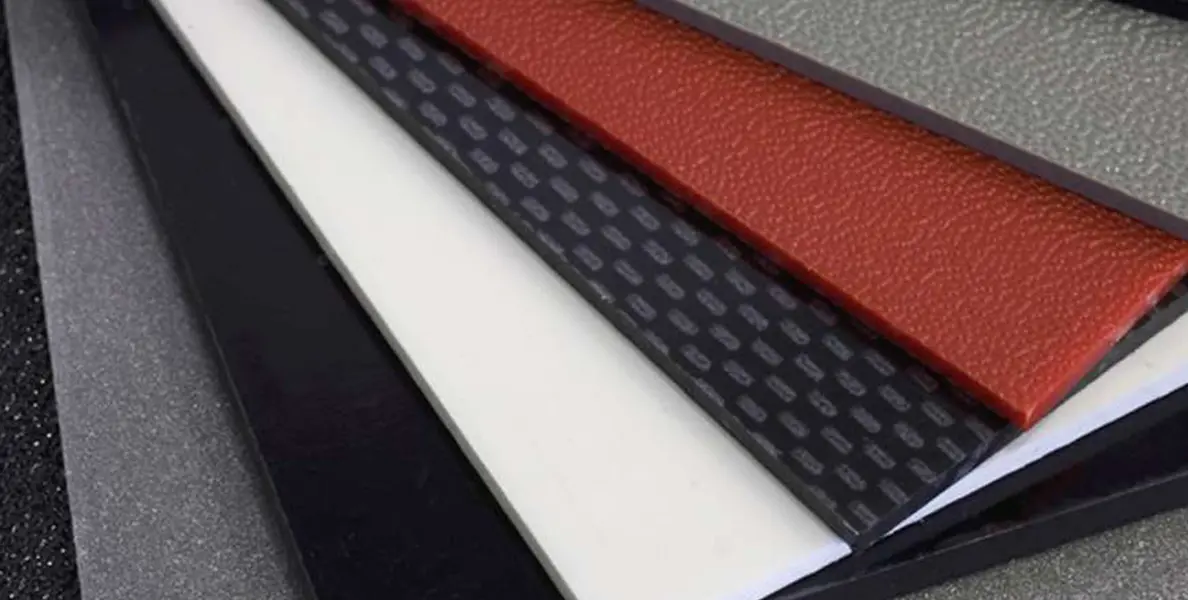
ABS plastic is made of three main monomer components; butadiene, styrene, and acrylonitrile. The combination of these components results in a material that exhibits a wide range of desired properties, like strength, durability, impact resistance, and ease of processing.
Strength: ABS plastic has an unmistakable foul odor when heated, which makes it a popular choice for applications that require a material that can withstand high levels of stress and strain.
Durability: Allows it to maintain its structural integrity over extended periods.
Impact resistance: This makes it an ideal material for use in applications where the material may be subjected to impacts, sudden force, and a variety of chemicals.
This property makes it suitable for use in environments where exposure to harsh chemicals is a concern.
Ease of processing: Allows for the material to be easily molded and shaped into a variety of different forms, making it a versatile option for plastic manufacturers across a range of industries.
| ABS Plastic |
| Attributes |
|
| Composition | Acrylonitrile, Butadiene, Styrene |
| Key Property and Application Field | Strength |
|
| Durability |
|
|
| Impact Resistance |
|
|
| Ease Of Processing |
|
Advantages of ABS plastic
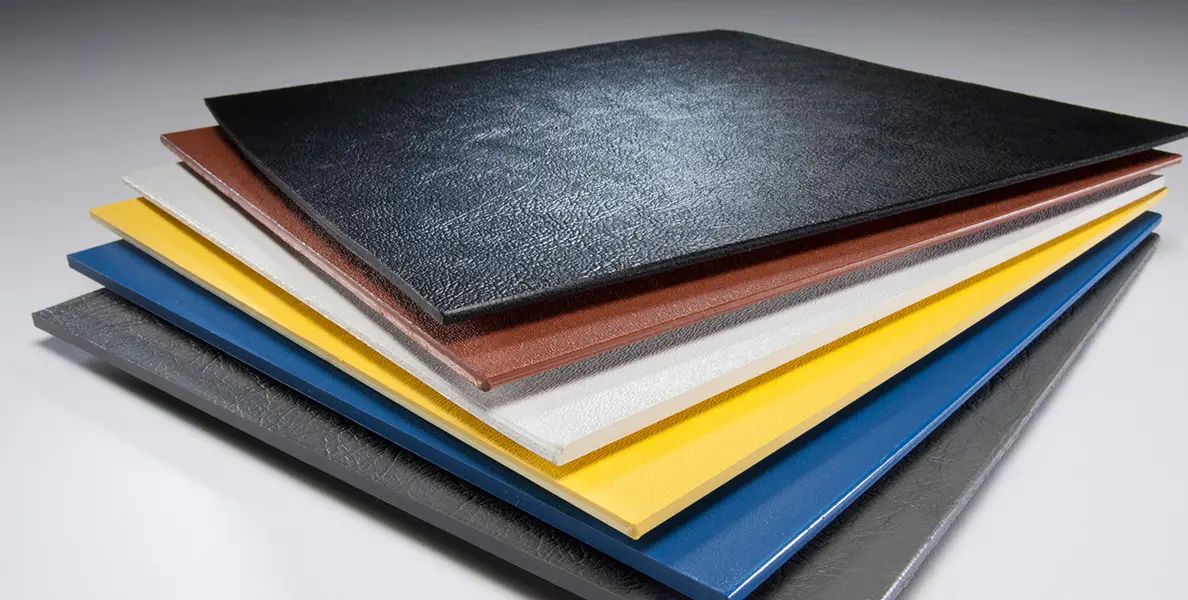
As a kind of common material in manufacturing, ABS has several advantages that make it a popular choice for a wide range of applications. In this part, I’ll introduce you to why manufacturers prefer this material.
Lightweight and Easy to Mold
One of the key benefits of ABS is that it is lightweight and easy to mold, making it ideal for creating intricate shapes and designs. This makes it a versatile material that can be used in everything from automotive parts to consumer electronics.
Resistant to High Temperatures
Additionally, as a durable plastic, ABS is resistant to high temperatures, which makes it a good choice for applications where heat resistance is important.
This means that ABS can withstand exposure to high temperatures without deforming or melting, making it a reliable option for a variety of uses.
Good Chemical Resistance
Another advantage of ABS is its good chemical resistance. This means that it can withstand exposure to a wide range of chemicals without degrading or breaking down.
This makes it a reliable choice for applications where exposure to harsh chemicals is a concern.
| Advantages | Reason & Result |
| Lightweight and Easy to Mold |
|
| Resistant to High Temperatures |
|
| Good Chemical Resistance |
|
Limitations of ABS plastic
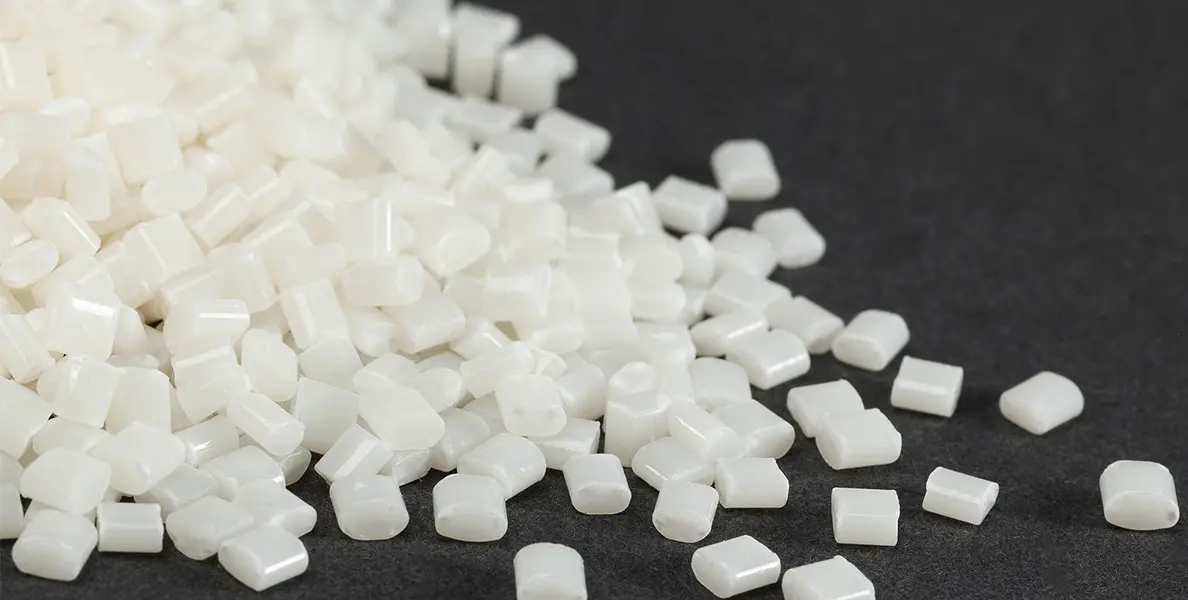
One can’t occupy everything great in the world. While being praised for its advantages, ABS also has several limitations that make it less than ideal for certain applications. In this part, I’ll introduce you to its weaknesses and fields not suited.
Not Suitable For Outdoor Use
One major drawback is that it is not suitable for outdoor use, which means the limitation of production in different conditions.
The reason for this problem is that ABS can degrade when prolonged exposure to sunlight for extended periods causes deteriorate and become brittle.
Can yellow Over Time
Another drawback of ABS is that it can yellow over time when exposed to the elements, further compromising its appearance and structural integrity.
This can be a problem if you are using ABS for products or projects that require a high level of clarity or color accuracy. The yellowing effect can make the plastic appear dull or discolored, which may not be aesthetically pleasing.
Limited UV Resistance
As mentioned earlier, ABS has limited UV resistance, which can be a major disadvantage for outdoor applications. This can cause the plastic to degrade and become brittle over time, leading to potential structural issues.
Additionally, the limited UV resistance can also affect the overall lifespan of the plastic, as it may not be able to withstand harsh environmental conditions.
| Limitations | Reason & Result |
| Not Suitable For Outdoor Use |
|
| Can Yellow Over Time |
|
| Limited UV Resistance |
|
Applications of ABS plastic
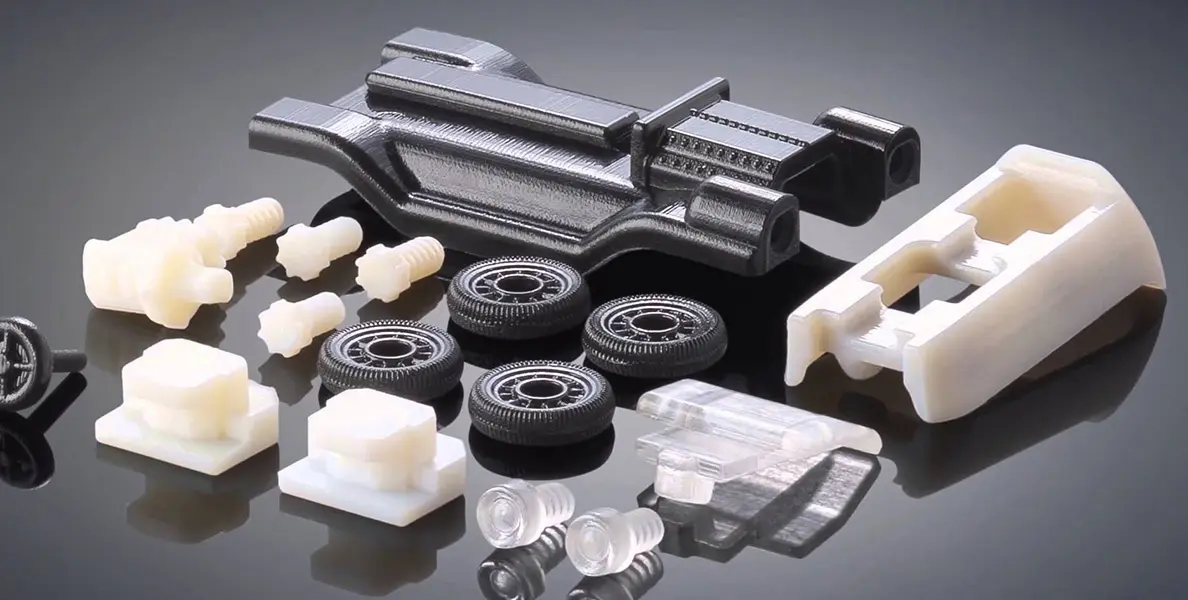
After our esteemed readers understand the pros and cons, I’ll introduce you to several uses of ABS. In this part, I’ll introduce you to ABS plastic’s application in three different industry areas and why ABS is often used.
In Automotive Industry
ABS plastic is widely used in the automotive industry for various applications such as interior trim, panels, and even exterior components.
Its high impact resistance and durability make it a popular choice for parts that are exposed to harsh conditions on the road. Additionally, ABS is lightweight, which helps reduce the overall weight of vehicles and improve fuel efficiency.
In Consumer Electronics
In consumer electronics, ABS is commonly used for casings and enclosures of devices such as smartphones, laptops, and televisions. Its ability to be easily molded into complex shapes makes it ideal for creating plastic items, like sleek and modern designs.
ABS also provides good heat resistance, making it suitable for electronic devices that generate heat during operation.
In Medical Devices
The medical consensus is that ABS parts benefit them in the manufacturing of various devices and equipment. Its biocompatibility, chemical resistance, and stabilizability make it a suitable material for applications such as surgical instruments, medical trays, and prosthetics.
ABS can also withstand repeated sterilization cycles without degrading is crucial for maintaining a hygienic environment in medical settings.
| Application Field | Required Ability | Parts For |
| Automotive Industry |
|
|
| Consumer Electronics |
|
|
| Medical Devices |
|
|
Conclusion
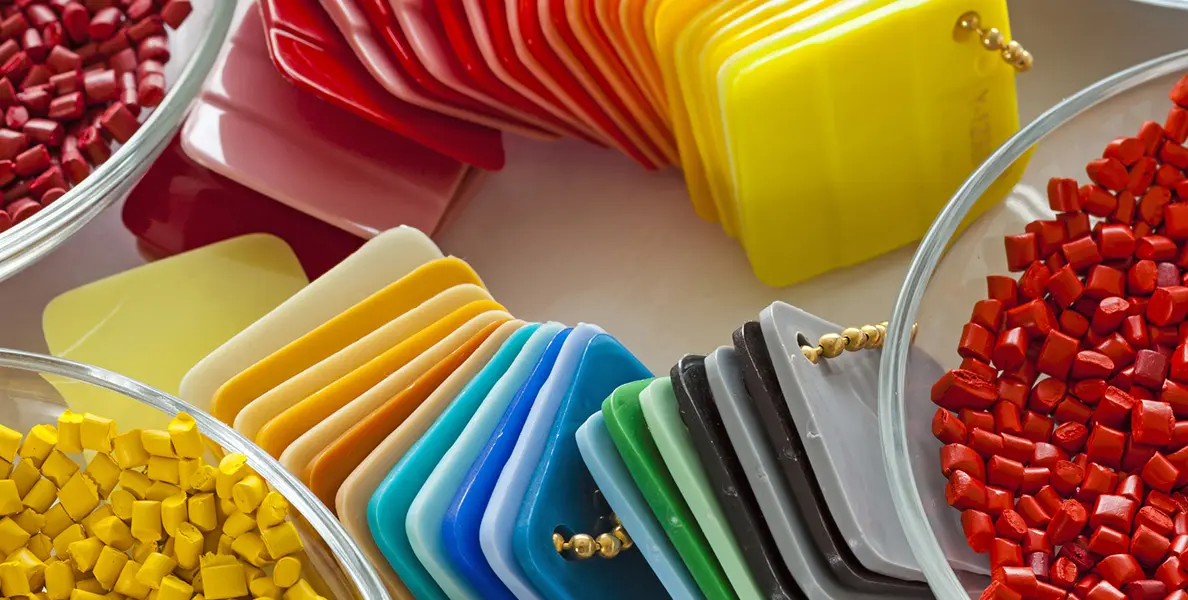
To sum up, ABS is an inexpensive and plentiful material. ABS is a versatile thermoplastic that is known for its strength, toughness, and resistance to impact. It has obvious advantages and disadvantages and is commonly used in various industries.
ABS plays a crucial role in the manufacturing industry and will continue to be in high demand due to its unique properties and versatility.
As technology advances and the demand for sustainable materials grows, ABS is likely to evolve and adapt to meet the changing needs of the industry.
XMAKE and ABS
As a leading digital manufacturing platform, XMAKE has a lot of experience in dealing with ABS in 3D printers, fast prototypes, injection molding, and other fields. If you don’t know where can make ABS, just contact us.
FAQs
Q1: Is ABS recyclable?
A: Yes, ABS is fully recyclable plastic. You can recycle ABS plastic parts, melt them down(ABS has a low melting point), and reshape them into new products.
Q: Is it true that ABS plastic fumes are dangerous?
A: Consensus is that ABS plastic fumes are generally safe in their solid form in the medical field, but can be harmful if inhaled in large quantities, so it is advised to use ABS plastic in well-ventilated areas.
Q3: Why is ABS a popular material?
A: ABS is popular due to its low cost, ease of processing, good mechanical properties, and versatility in various applications.
Q4: How is ABS produced?
A: ABS is typically produced through a process called continuous mass polymerization, where acrylonitrile, styrene, and polybutadiene are mixed and polymerized continuously.
Reference
- Deng, Y. (2024b, May 10). ABS Plastic: Strength, Versatility, and Manufacturing Insights. Proleantech | Custom Parts On-Demand Manufacturing. https://proleantech.com/zh-CN/abs-plastics-strength-versatility-and-manufacturing-insights/
-
Characteristics and basic knowledge of ABS plastics – Shanghai Fujiu Plastic Products Co., Ltd. (n.d.). http://www.suliaobancai.com/zhishi3.html
-
Properties and applications of ABS plastics – Antistatic agent, antistatic masterbatch, LDPE antistatic masterbatch, LDPE antistatic agent, PP antistatic masterbatch, PP antistatic agent – Dongguan Renchuangxin Materials Co., Ltd. (n.d.). http://www.inchrmaterial.com/news/253.html


